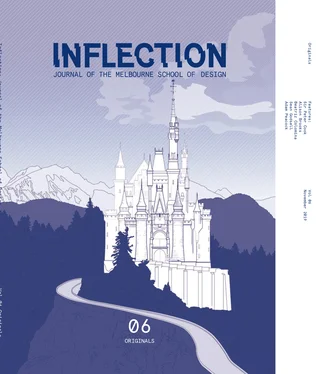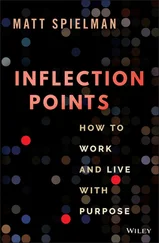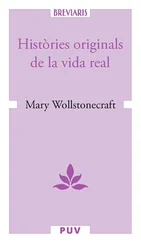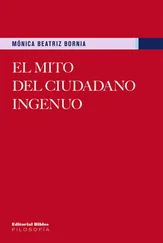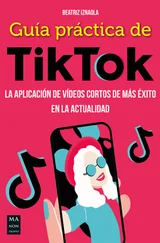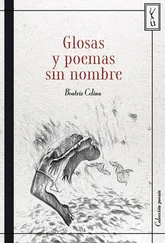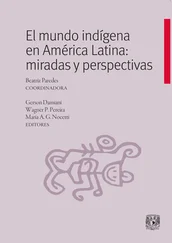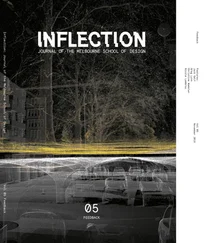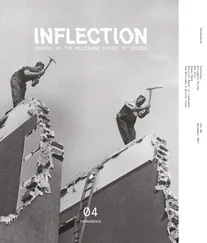They read the source, and they are already so influenced by what they have read previously that they are only seeing what somebody else has seen. So they see a publication of Mies in the 1920s where he has published an X-ray, and they don’t see the X-ray. They know what they have read about Mies before. ‘Oh, Mies, look—he is interested in glass and concrete architecture.’ People become blind; we all become blind. Whatever information you bring into the situation somehow informs that experience, and we all do that. But the solution I suppose is to try to see with clear eyes again. If we keep repeating what other people have said, we are just weakening the argument. There’s no freshness there. It’s a necessity.
You reference the view of Vitruvius that an architect should know a little bit about everything. You have researched media, gender and now medicine, how does the perspective of Vitruvius benefits us as architects?
I think I’m a good example of what Vitruvius said—to know a little bit about everything. It’s not the right to know about everything, and it’s just that all of these questions are already a part of the architectural world whether I like it or not. But there is a particular focus towards all these issues and many more. Architects have always been people interested in everything.
When the first scanners in airports emerged, and I would go for reviews at Harvard, I would see that when the architects were passing—after the reports we were all flying to New York or elsewhere—we were causing a collapse of the machine. Not because we had anything to show but simply because people were stopping to look at these new X-ray images in colour and you could immediately see what effect it had on their work a few months later, we are fascinated with everything.
Architects give lectures, and they talk about all kinds of things. The architect has always been interested in a lot of things, and I think Vitruvius was already personally interested in a lot of things. Anything—the space program, the last microbe that was discovered—there will be an architect who is into that. I think that’s fascinating.
Do you think that there have been times when architects were too inward looking? You said that when you were young and interested in these questions about health and medicine there was no climate for it.
Yes, that was the formalist period where people like Peter Eisenman and the Institute were talking about the autonomy of architecture. Autonomy means that architecture is cut out of everything else in life. Architecture is not autonomous from everything. We depend on so many people. The client, the commission, the developer, the politicians, the regulations—so to talk about architecture as autonomous is quite strange. But they were very much into this idea that architecture was autonomous and the only thing that should concern us was the formal aspects of architecture. That was very much under the influence of people like Colin Rowe and Peter Eisenman. It was a particular moment in the history of architecture.
You also said last night that at the time you were writing about media, people behaved as though media was the illness of architecture.
Yes, they didn’t want to talk about it—‘Oh no, surely Le Corbusier didn’t have anything to do with the media.’ However, you find he’s collecting catalogues, he’s fascinated by advertisements, he’s actively looking for all this material. In the end, the books that he writes are positively influenced by all this activity of advertising. But of course at the time, Colin Rowe was a very influential theorist, and the ideas of Corbusier and the relationship with Palladio were all formalist ideas. I cannot complain because Privacy and Publicity did very well immediately. But when I was writing it, I could see people reacting—‘Really? But that’s not the Corbusier I know!’—But that’s the one I know. A lack of curiosity, that’s the problem.
The idea of interdisciplinarity and diversity in the profession is very topical at the moment. Do you have any thoughts about what brought about this current moment?
I don’t know why people are talking about it now, and the reality is that interdisciplinarity has always been a part of architecture. Vitruvius said that architects are interested and know a little bit about everything. When you go to people like Adolf Loos, they knew about everything. They knew about theatre, fashion, food—they wrote about all of these things. It’s always been a part of the architecture to write about everything and not just buildings. Buildings are the one thing Loos didn’t write about. He wrote about the shoes, the carpet, everything—but not architecture. It’s the cultural language you have that you need to understand. We are not inventing anything. It’s been around for a long time.
CITIES THROUGH THE LOOKING GLASS
QUESTIONING ORIGINALITY IN COPYCAT CITIES
Betsabea Bussi and Zeynep Tulumen
Architectural plagiarism is a widespread phenomenon, marked by the widespread of ‘Copycat Cities.’ New versions of Paris, Venice and villages with English or Dutch motifs have spread internationally, detached from local physical and cultural contexts. Urban mimicry is becoming a remarkable residential design strategy in China, where it affects not only single buildings or monuments but entire urban landscapes, which are imported from European regions.
The allure of European architectural imagery is shaping the urban fabric of Asian cities. These copycat cities are not theme parks. Instead, they aim to recreate convincing residential neighbourhoods, complete with amenities and services.
This accuracy of production contributes to the impression of engagement with the original European lifestyle for inhabitants.
On a broader scale, copycat cities challenge traditional concepts of originality and authenticity. The ‘Copy’ has traditionally been considered the antithesis of the ‘original’ in Western discourse. Given the tension between traditional notions of originality and copycat cities, the question arises: is it originality or authenticity we seek in architectural products?
This article is an investigation into the socio-political motivations for producing replica European cities in China. Looking to case studies from the ‘One City–Nine Towns’ redevelopment project, this article questions the authenticity of replicated residential cities by examining architectural form and meaning.
Seminal Theories on Duplitecture
In her work on copycat cities, journalist Bianca Bosker coined two terms that define imitative urban settings, ‘simulacrascapes’ and ‘duplitecture.’ 1 Simulacrascapes are settlements which transplant architectural and urban elements from foreign cultural identities. Duplitecture results from three layers of copy: the architectural style, the layout and geometry of streets, and non-material signifiers that simulate the desired atmosphere. 2 The difference between tourist monuments and residential copycat towns is that monuments and famous attractions are not inhabited by residents. These copies do change and influence the imagery of their new setting, they remain foreign to the local context. Contrary to this, Western-style residential blocks are inhabited spaces, designed to meet the housing needs of the population.
Bosker observes that copying and appropriating foreign architecture is constitutive of the traditional Chinese culture. These appropriations are not direct replications of Western urbanscapes; instead, the original setting is adapted to the Chinese landscape. Elements considered iconic are selected and replicated. Bosker explains that Chinese interpretations of European towns differ profoundly from European visions of their cities. Due to the evolutionary aspect of their adaption, these transnational landscapes can be considered ‘original copies’ as they assemble aesthetic features in inventive and unique ways. Bosker argues most themed cities are not mere reproductions, rather they acquire their own degree of authenticity as a result of interpretation, appropriation and customisation. 3
Читать дальше
